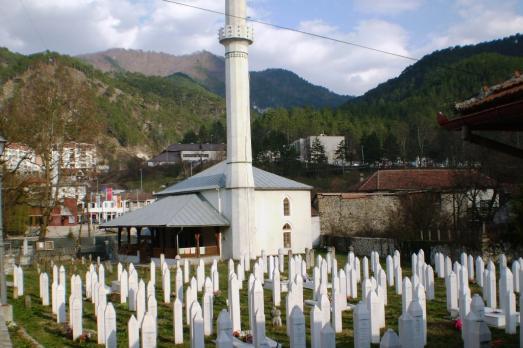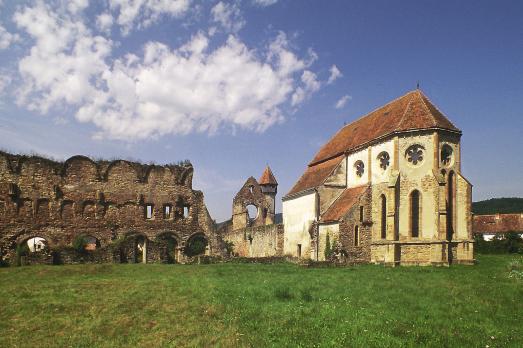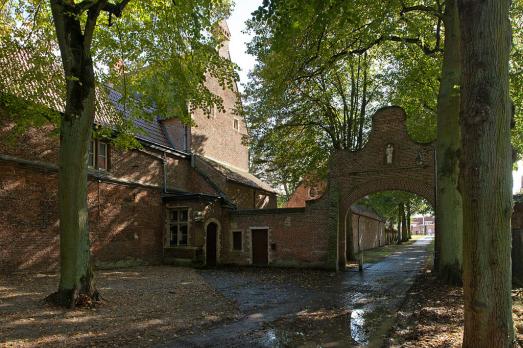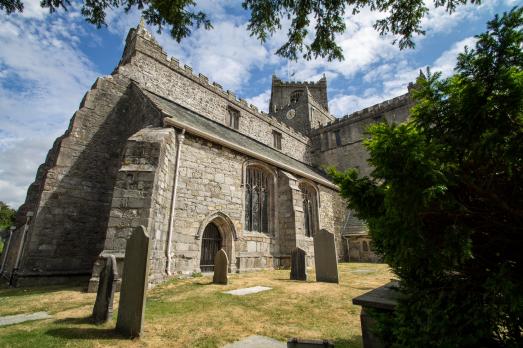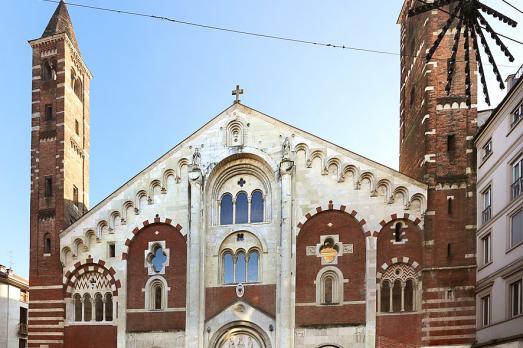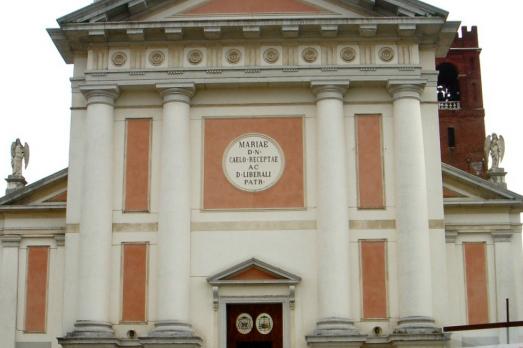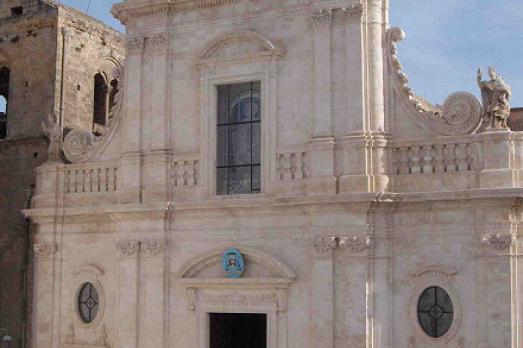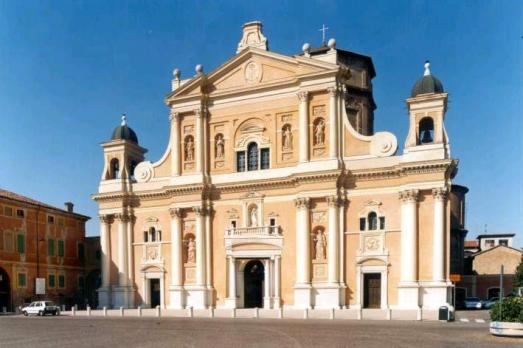
Carpi Cathedral
Carpi, IT
The construction of Carpi Cathedral began in 1514 at the instigation of Prince Albert III Pio and was completed towards the end of the 18th century, in 1791. The façade was completed in the second half of the 17th century with Baroque lines, while the high dome, built in 1768, was lowered in 1771.
